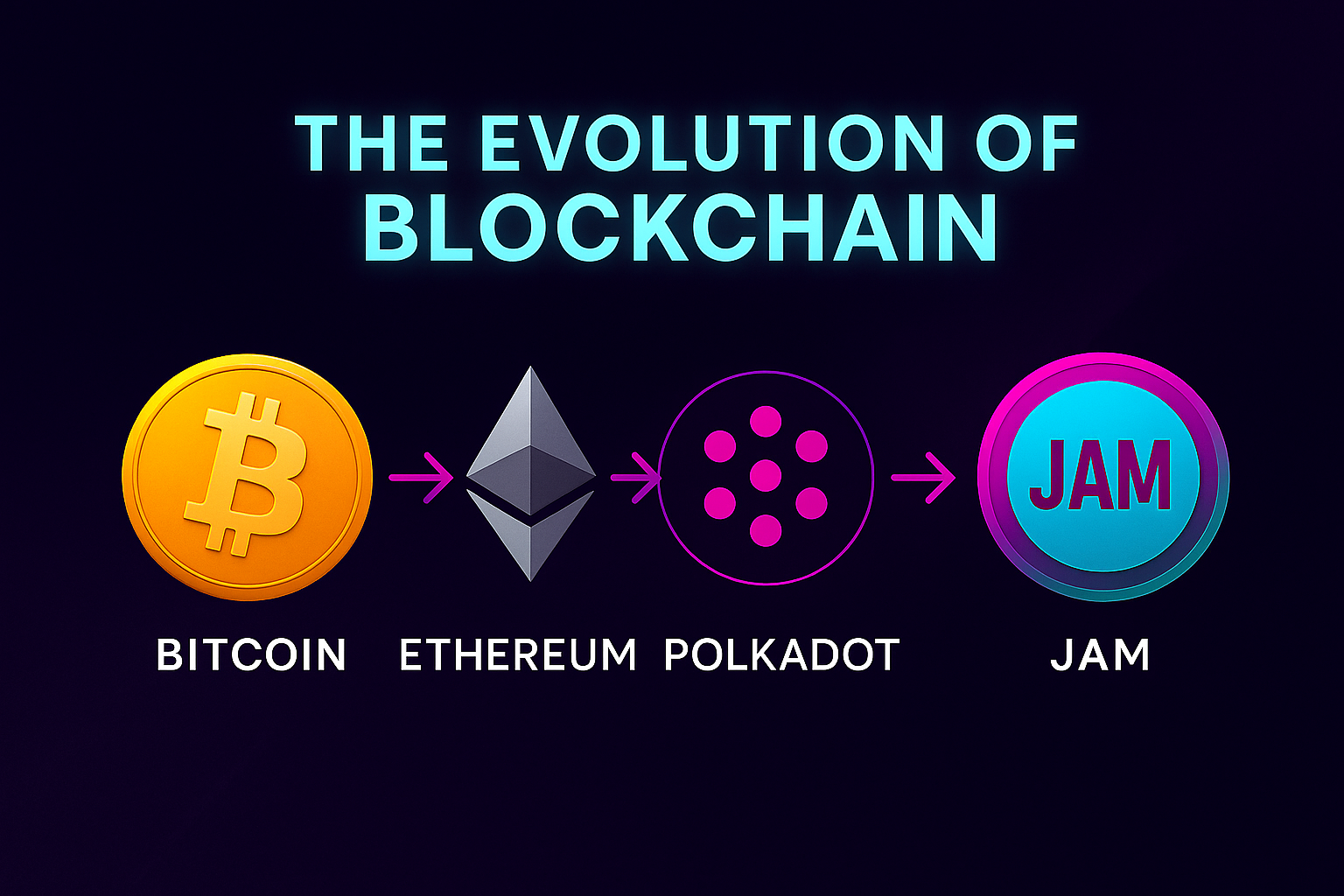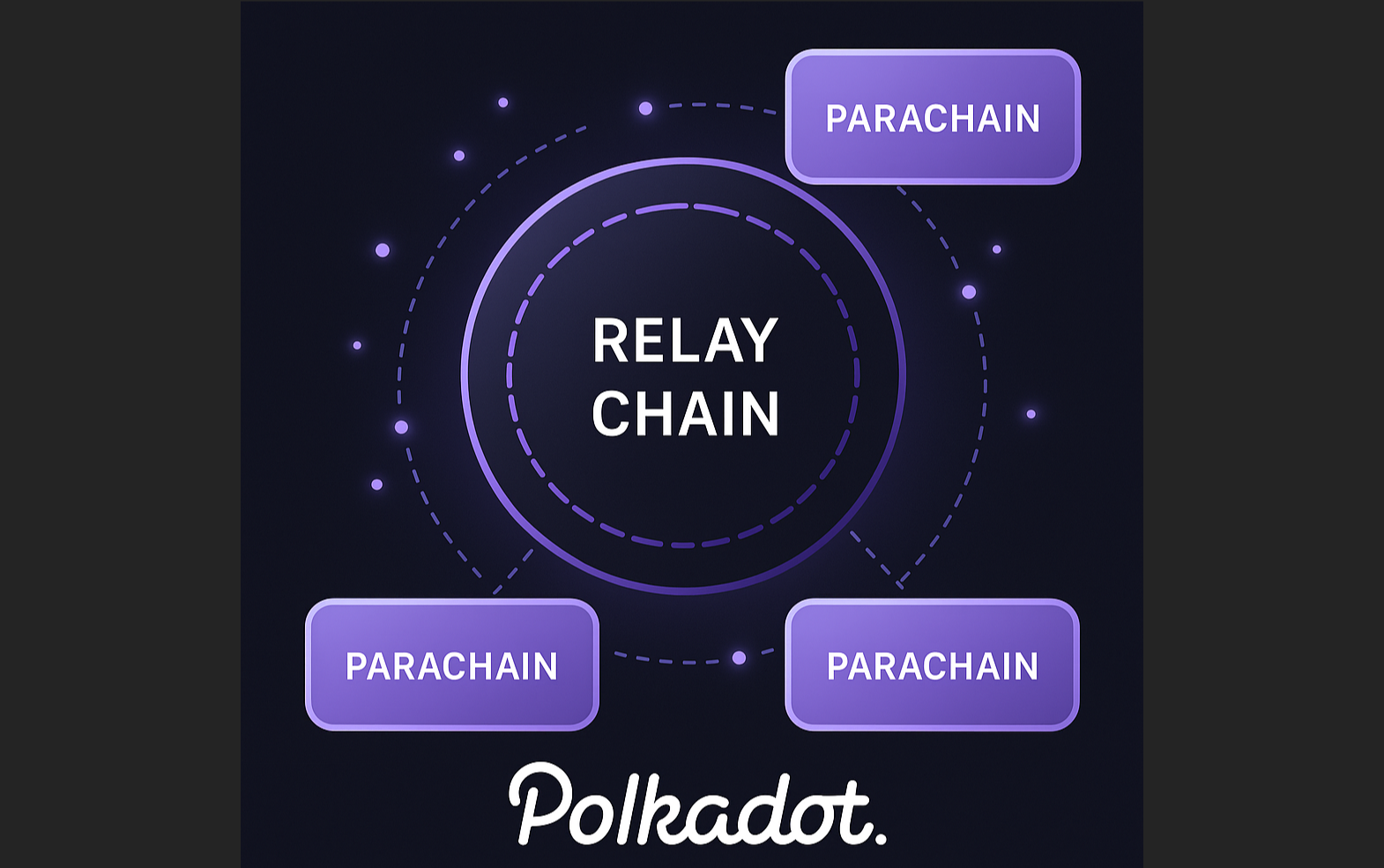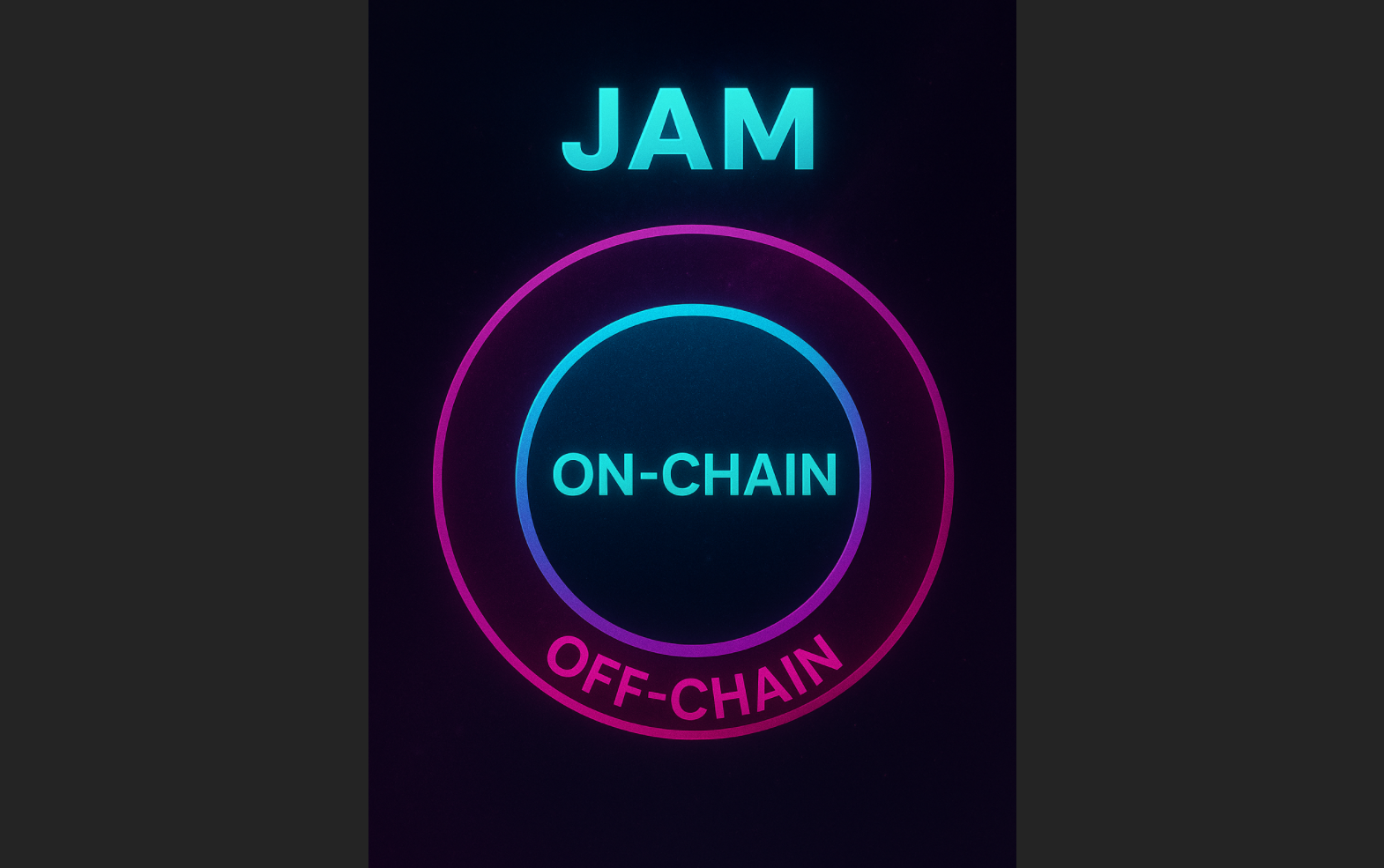The Evolution of Blockchain: From Bitcoin to JAM

Kona Siva Naga Malleswara Rao

Introduction#
Blockchain has evolved more in the last 15 years than many industries have in a century. From Bitcoin’s simple ledger to JAM’s rollup-native execution model, the journey is reshaping how the internet itself operates. What began as a basic digital cash system has evolved through multiple generations, each addressing critical challenges of security, decentralization, and scalability.
Now, with JAM (Join-Accumulate Machine) — Polkadot’s next-generation relay chain — we're witnessing perhaps the most significant leap in blockchain design to date. This article traces the evolution from Bitcoin’s straightforward ledger to JAM’s ground breaking approach, highlighting how each milestone has expanded the possibilities of decentralized technology.
Phase 1: Bitcoin — Digital Cash (2008)#

In 2008, Satoshi Nakamoto introduced Bitcoin during a global financial crisis that shook trust in traditional banking systems. Bitcoin solved the "double-spending problem" that had previously made digital cash impossible without central verification.
Key Innovations:#
- Created the first working peer-to-peer digital money
- Introduced a decentralized ledger secured by miners
- Established digital scarcity without central control
Limitations:#
- Could only handle simple payments
- Low transaction capacity (7 transactions per second)
- No programmability
Why it mattered: Bitcoin proved that value could transfer globally without banks or other intermediaries—something previously thought impossible.
Phase 2: Ethereum — Programmable Money (2015)#

While Bitcoin focused solely on payments, Vitalik Buterin saw blockchain's broader potential. Ethereum expanded the technology by introducing smart contracts—self-executing programs that run on the blockchain.
Key Innovations:#
- Smart contracts enabled complex applications beyond just payments
- Created a platform where anyone could build decentralized apps
- Introduced tokens, which sparked new economic models
Limitations:#
- High fees during network congestion
- Limited scalability (15-30 transactions per second)
- All nodes must process everything (limiting throughput)
How it changed things: Ethereum transformed blockchain from just digital money into a computing platform that could run entire applications and organizations.
Phase 3: Polkadot — Connected Blockchains (2020)#

As blockchain use grew, the ecosystem splintered into isolated networks that couldn't communicate. Founded by Gavin Wood (Ethereum's co-founder), Polkadot solved this by creating a "blockchain of blockchains"—a network allowing specialized chains to connect while sharing security.
Key Innovations:#
- Relay Chain provides shared security for connected chains
- Parachains can specialize for specific applications
- Chains can communicate and transfer assets between them
Limitations:#
- Competing for parachain slots is expensive
- Relay Chain has fixed functionality (no smart contracts)
- Complex system with high entry barriers
The breakthrough: Polkadot showed how specialized chains could work together in a secure ecosystem rather than competing in isolation.
Phase 4: JAM — Rethinking Blockchain Basics#

JAM represents the next step in blockchain evolution—reimagining how a blockchain should fundamentally work. As Polkadot's next-generation relay chain, JAM introduces a dramatically different approach to blockchain architecture.
What Makes JAM Different:#
1.Separating "Thinking" from "Remembering"#
In JAM, every computation is divided into two phases:
Refine (off-chain processing) and Accumulate (on-chain verification).
- Off-chain computation:
Heavy processing happens off-chain during the “Refine” phase, using a standardized RISC-V virtual machine to ensure consistency. - On-chain verification:
The blockchain only verifies results and updates the state during the “Accumulate” phase, checking small SNARK proofs instead of re-running full logic. - Why this matters:
As Most heavy computation happens off-chain, this increase the parallelism and reduces the on-chain traffic, there by reduced computation costs.
2. Services Instead of Transactions#
- Permissionless deployment:
Anyone can deploy Services — flexible execution units that replace traditional smart contracts. - No competition for slots:
Services eliminate the expensive auction model, making blockchain development easier and more accessible. - Why this matters:
It lowers the barriers for developers and teams to launch new ideas without massive upfront costs.
3. Built for the Future#
- Native rollup support:
JAM is designed from the start to support scaling technologies like zkRollups. - Flexible architecture:
It can integrate future innovations without needing major upgrades. - Why this matters:
JAM future-proofs Polkadot’s core, ready to adapt as Web3 evolves.
(Learn More About How JAM Ensures Consistent Execution on RISC-V Hardware here)
Why This Evolution Matters#
Each blockchain generation has solved critical problems of its predecessors:
- Bitcoin solved the trust problem: creating digital money without centralized control
- Ethereum solved the programmability problem: making blockchains capable of running applications
- Polkadot solved the specialization problem: enabling purpose-built blockchains that can work together
- JAM is solving the scalability and accessibility problems: making blockchain development easier and more efficient
For everyday users and developers, these improvements mean:
- Faster transactions
- Lower fees
- More user-friendly applications
- New possibilities that weren't technically feasible before
Conclusion#
JAM represents an exciting new chapter in blockchain’s evolution — one that re-imagines core fundamentals to overcome existing limitations. By separating computation from verification and making development more accessible, JAM could help blockchain technology finally achieve mainstream adoption.It doesn’t just add scalability - it fundamentally redefines how decentralized systems operate, embracing modularity, proof-driven execution, and permissionless innovation.
Blockchain began by freeing money from banks. Ethereum freed applications from centralized servers. Polkadot freed blockchains to communicate. Now, JAM is freeing computation itself from the chains that once limited it.
As we step into this modular future, JAM may be the architecture that finally scales decentralized systems to match the full ambitions of Web3.
Want to learn more about blockchain and Web3 ? Subscribe to our Newsletter below & Follow us for more insights into the technologies shaping our digital future!


